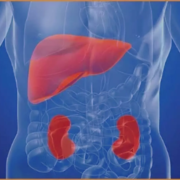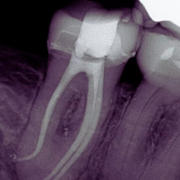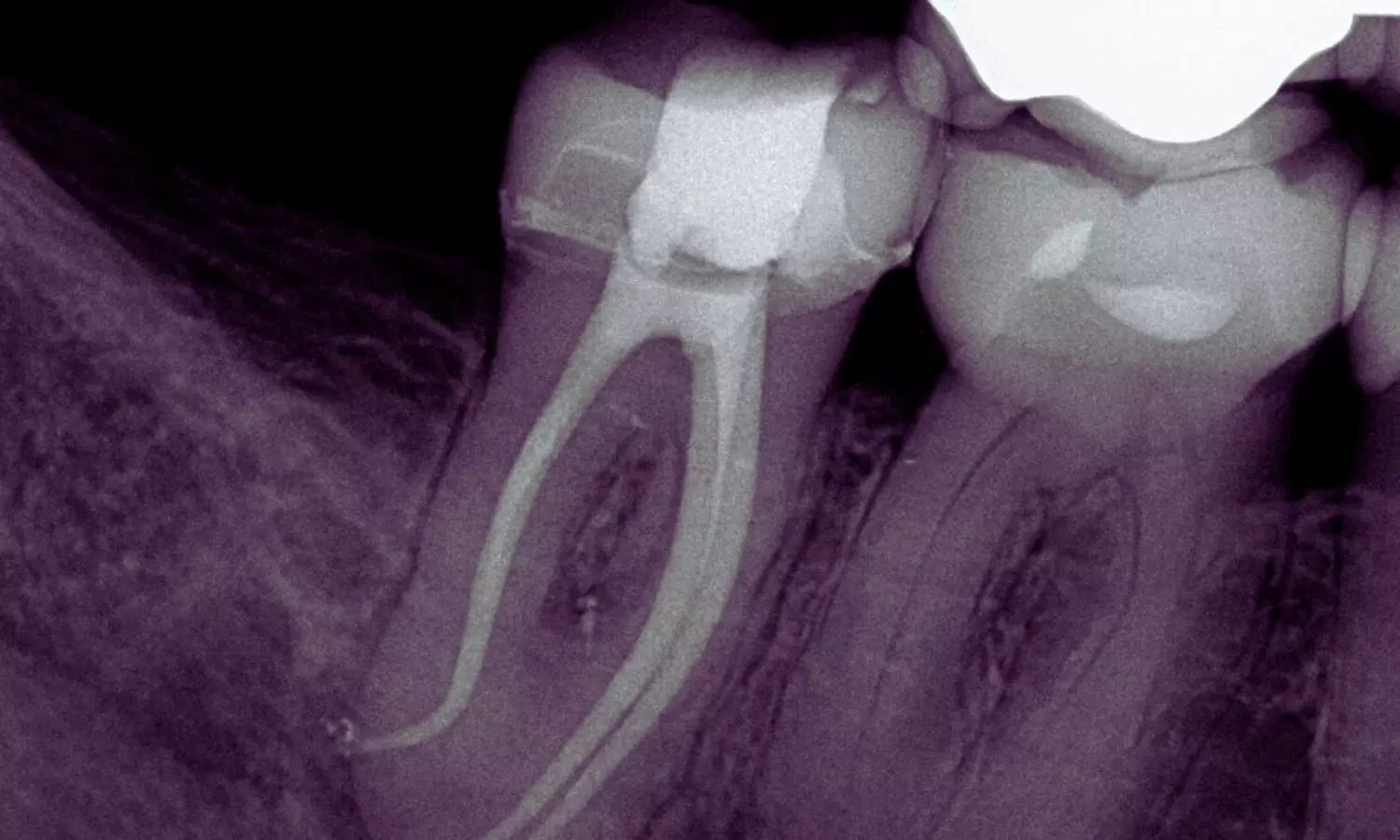Atrial Fibrillation Linked to Fourfold Rise in Cardiac Arrest Risk Among HFpEF Patients: Study Shows

USA: Atrial fibrillation (AF) substantially heightens the risk of life-threatening arrhythmias and cardiac arrest in individuals with heart failure and preserved ejection fraction (HFpEF), according to a recent study published in Heart Rhythm. The study, led by Dr. Benjamin A. Rosen and his team from Deborah Heart and Lung Center, New Jersey, highlights a pressing need to refine risk assessment strategies for this growing patient population.
Despite accounting for a considerable number of deaths among HFpEF patients, sudden cardiac death (SCD) remains poorly understood in this group, with few reliable tools for identifying high-risk individuals. The current study aimed to bridge this gap by identifying potential clinical predictors of serious ventricular arrhythmias or cardiac arrest in HFpEF patients.
Researchers conducted a retrospective cohort analysis involving 951 individuals diagnosed with HFpEF between 2015 and 2022 at a single specialized cardiac care center. Patient data—including demographics and a comprehensive set of 18 clinical variables—were extracted from electronic health records using diagnostic codes. Key variables included the presence of comorbid conditions such as coronary artery disease, hypertension, diabetes, chronic obstructive pulmonary disease, sleep apnea, anemia, chronic kidney disease, and atrial fibrillation.
The key findings were as follows:
- The average age of the study participants was 73.5 years. Women made up 52% of the total study population.
- Coronary artery disease was observed in 75% of the patients.
- Atrial fibrillation was present in 49% of the participants.
- During the study period, 5% of patients (46 individuals) experienced ventricular tachyarrhythmias or cardiac arrest.
- These events are strongly linked to a high risk of sudden cardiac death.
- Stepwise logistic regression analysis identified atrial fibrillation as a significant independent risk factor.
- Patients with atrial fibrillation had over four times higher odds of developing ventricular tachyarrhythmias or cardiac arrest (odds ratio 4.12).
These findings emphasize the crucial role that AF plays in the pathophysiology of sudden cardiac events in HFpEF patients, suggesting that AF may serve as a valuable marker in future risk stratification models.
“While HFpEF has often been considered lower risk in terms of sudden cardiac death, our data suggest that coexisting atrial fibrillation significantly alters that risk profile,” the authors noted.
Given the increasing prevalence of HFpEF and the limitations in current predictive models, the authors call for further prospective research to validate these findings and develop targeted strategies for early intervention in high-risk patients.
The study contributes to the growing recognition that HFpEF, particularly when complicated by atrial fibrillation, is far from benign and demands closer clinical attention to prevent catastrophic cardiac events.
Reference:
Rosen, B. A., & Kazemian, P. (2025). Atrial fibrillation is associated with ventricular tachyarrhythmias or cardiac arrest in heart failure with preserved ejection fraction. Heart Rhythm. https://doi.org/10.1016/j.hrthm.2025.05.050
Powered by WPeMatico



















